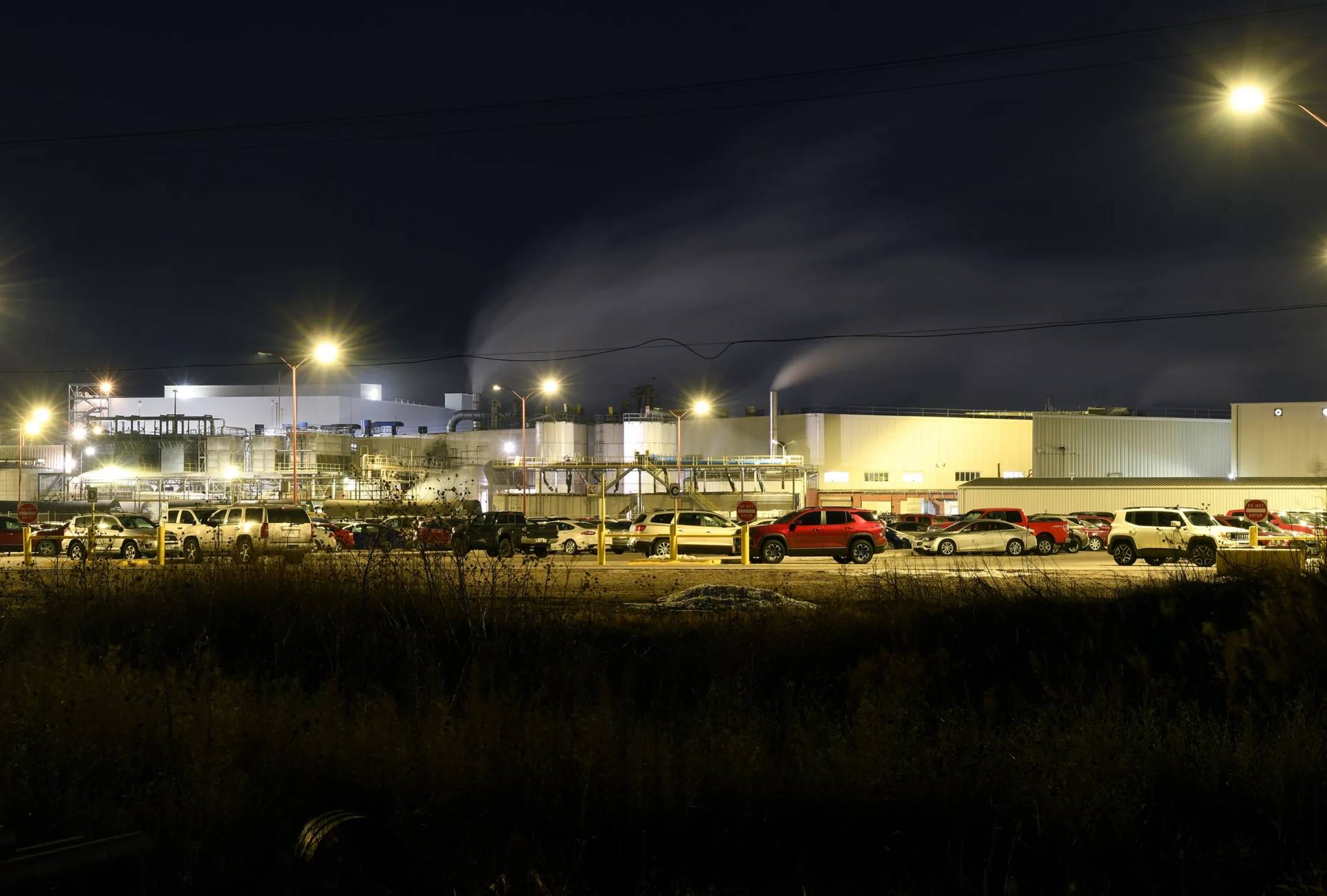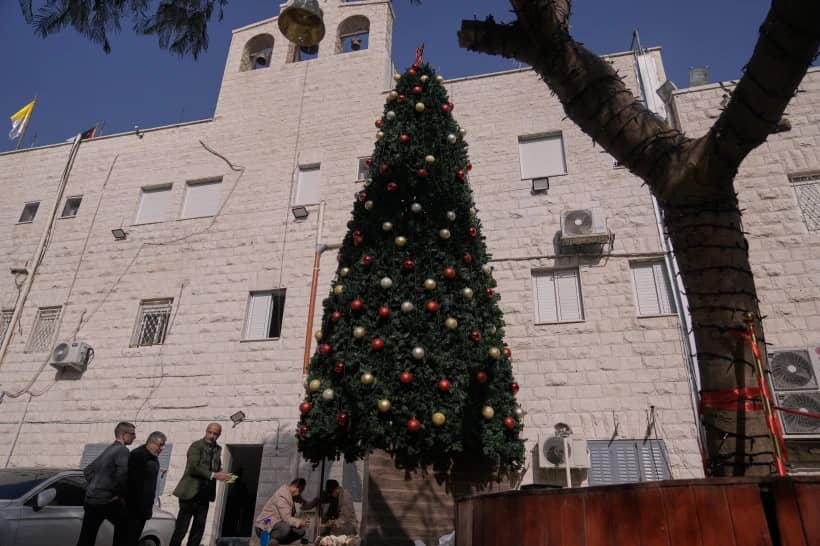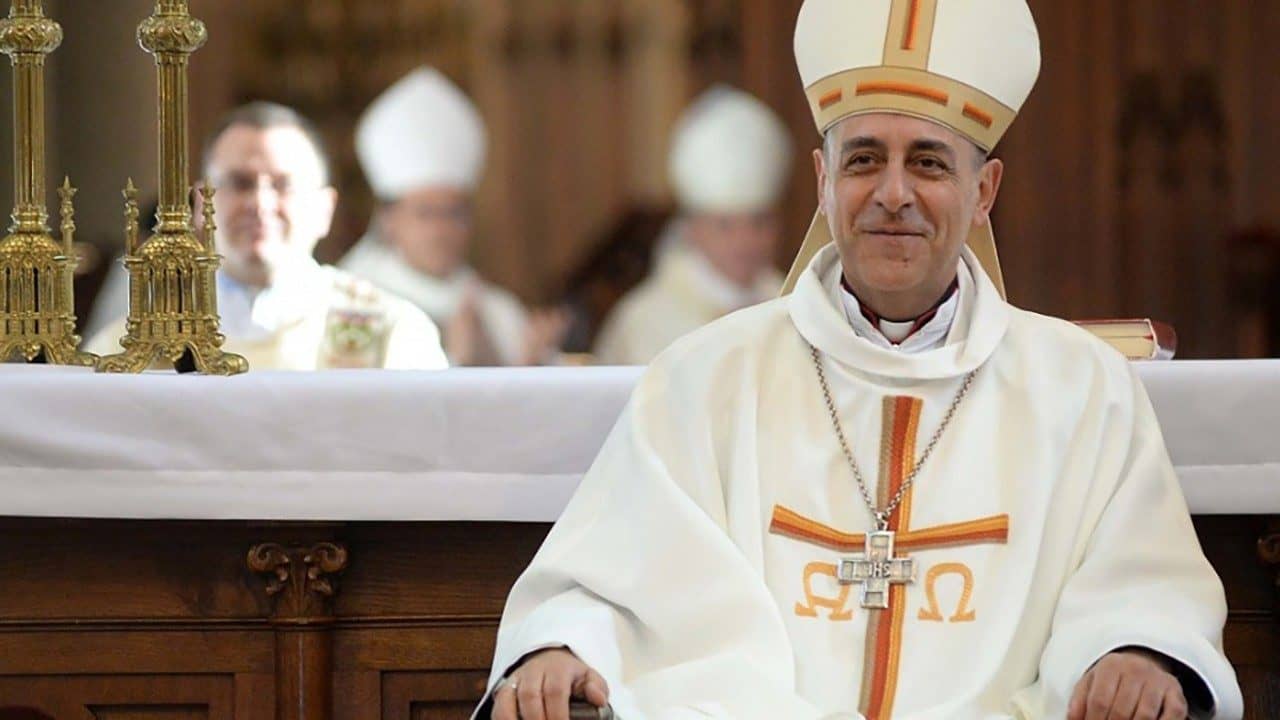ROME – Friday was the UN-sponsored World Press Freedom Day, capping a year in which we’ve had dramatic reminders of the importance of a free press and the price journalists sometimes pay for doing their jobs, both in the wider world and in the Catholic Church.
According to the International Federation of Journalists, at least 95 journalists were killed on the job in 2018. There’s little reason to believe 2019 will be any less lethal; on the eve of Press Freedom Day, a journalist who founded a community radio station in an indigenous region of southern Mexico was shot to death.
Mexico is one of the most dangerous countries in the world for journalists, with more than 100 murdered since 2000 amid a wave of violence linked to drug trafficking and political corruption. In this case, Telesforo Santiago Enriquez was shot in the heart and the mouth after receiving death threats on-air.
From Turkey to Brazil, from the Philippines to Myanmar, and many points of the compass beyond, scores of journalists today are behind bars, facing legal charges and other forms of harassment, or in fear for their lives, all for trying to tell stories someone doesn’t want told.
In terms of coverage of the Catholic Church, nobody’s faced threats to life and limb, but we have seen a case of ecclesiastical authority trying to exact punishment for coverage it didn’t like.
In Peru, Archbishop Jose Antonio Eguren Anselmi of Piura filed charges of defamation against two local journalists, Pedro Salinas and Paola Ugaz, for their reporting related to a sexual abuse scandal within a powerful Catholic organization, the Sodalitium Christianae Vitae (SCV), as well as alleged financial misconduct. Eguren claimed that he had been defamed by those accounts, and, under Peruvian law, he had the right to initiate a criminal complaint.
Those charges led to a conviction against Salinas in early April, with a Piura court sentencing him to a one-year suspended jail term and a $24,000 fine.
Granted, before the ink was even dry on the conviction, the bishops’ conference in Peru had put out a statement condemning it and basically siding with Salinas – and suggesting that Pope Francis does too.
“The Holy Father has praised and thanked the world of journalists who, through their investigations, contribute to denouncing abuses, punishing the perpetrators and assisting victims. The pope underlined that the Church needs their help in the difficult task of fighting against this evil,” the bishops said April 10.
Initially, Eguren tried to defend his actions.
“Freedom of expression, although it is a great value in our democratic society, is not an absolute value and it has limits: Respect for the honor and good name of people,” an April 15 statement insisted, adding that the Salinas verdict “does not constitute a gag of freedom of expression.”
Ten days later, however, facing mounting blowback, Eguren withdrew the charge against Salinas, thereby eviscerating his conviction, and shortly thereafter he did the same with Ugaz, explaining that he was acting in order to preserve the unity of the Church.
While that’s good news for Salinas and Ugaz, by that point the damage was probably done. Eguren may have backed down amid negative reaction, but what might happen when a reporter in Peru has a potentially damaging bit of news about someone in power in the Church and can’t necessarily rely on public support?
As clear as the threats may be, defending freedom of the press can sometimes be a tough sell given the various ways ordinary people see that freedom being abused every day.
A 2018 poll by Gallup found that 62 percent of Americans believe the news they find in mainstream media – radio, television and newspapers – is biased, and 80 percent say news delivered by social media is biased. As far as report cards go, that basically means we in the media right now are flunking.
Eight in ten Americans report being angry about biased information in the media, and virtually everybody, nine in ten, say they’re angry about inaccurate reporting. A separate Gallup poll the same year found that among major institutions, newspapers and television news have among the lowest levels of trust – their dismal ratings were exceeded only by the U.S. Congress.
It says something about where we’re at that “fake news” in the early 21st century has become a meme.
From personal experience, we all know how common it is to find opinion masquerading as news, or to find reporting that’s sloppy, inaccurate and incomplete. We know how often journalists can seem blithely indifferent to the consequences of their actions, sometimes doing permanent damage to people’s reputations or fortunes without any real foundation.
Those of us in the media can, and must, do a better job of wielding the freedom we enjoy responsibly. Speaking just for myself, I know how hard I try to live up to that, but I’m also painfully conscious of how often I fall short.
However, as the old Latin adage goes, abusus non tollit usum – “abuse does not invalidate legitimate use.” The fact that freedom of the press is often abused doesn’t mean the concept isn’t critically important, a point that Catholics should understand in their bones in the wake of the clerical sexual abuse scandals and the role an independent press has played in forcing the Church to confront the cancer in its midst.
Ultimately, the ideal for any media operation was pithily summarized by Pope Francis in his tweet for Press Freedom Day on Friday.
“We need a journalism that is free, at the service of truth, goodness and justice; a journalism that helps build a culture of encounter,” the pope said.
Freedom alone won’t produce that kind of press culture – but the absence of freedom, inevitably, will guarantee that we never even get close.

















